
Hermann Emil Louis Fischer was a German chemist and 1902 recipient of the Nobel Prize in Chemistry. He discovered the Fischer esterification. He also developed the Fischer projection, a symbolic way of drawing asymmetric carbon atoms. He also hypothesized lock and key mechanism of enzyme action. He never used his first given name, and was known throughout his life simply as Emil Fischer.
Karl Spiro was a German biologist, and physical chemist.

Rudolf Buchheim was a German pharmacologist born in Bautzen (Budziszyn).
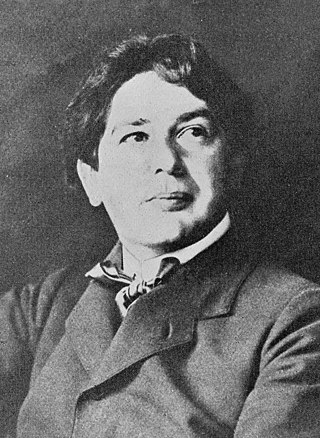
Alfred Fröhlich was an Austrian-American pharmacologist and neurologist born in Vienna.

Oxicam is a class of non-steroidal anti-inflammatory drugs (NSAIDs), meaning that they have anti-inflammatory, analgesic, and antipyretic therapeutic effects. Oxicams bind closely to plasma proteins. Most oxicams are unselective inhibitors of the cyclooxygenase (COX) enzymes. The exception is meloxicam with a slight (10:1) preference for COX-2, which, however, is only clinically relevant at low doses.
Rainer Kurt Liedtke was a German physician, scientist and entrepreneur who specialised in the theory and practice of biomedical information systems and medical innovation, and new therapies of pain, stress, cell degeneration.
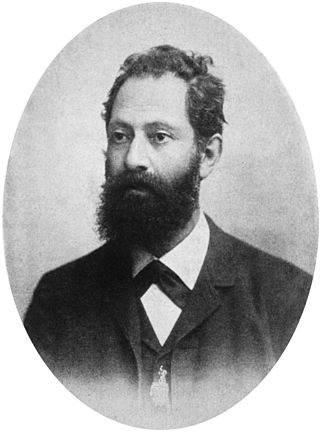
Julius Isidor Rosenthal was a German physiologist who was a native of Labischin.
Herman Rudolf Günsberg (1827–1879) was a chemist originating in Pidkamin, near Brody who distinguished himself by his fostering of the economic development of Galicia.
Anton Gordonoff was a Swiss pharmacologist and toxicologist of Russian origin.

Hans Horst Meyer was a German pharmacologist. He studied medicine and did research in pharmacology. The Meyer-Overton hypothesis on the mode of action on general anaesthetics is partially named after him. He also discovered the importance of glucuronic acid as a reaction partner for drugs, and the mode of action of tetanus toxin on the body.

Pflügers Archiv: European Journal of Physiology is a peer-reviewed scientific journal in the field of physiology. A continuation of a journal founded in 1868 by the German physiologist, Eduard Friedrich Wilhelm Pflüger, Pflügers Archiv is the oldest physiological journal. Pflügers Archiv is currently published by Springer, with 11 issues per year.
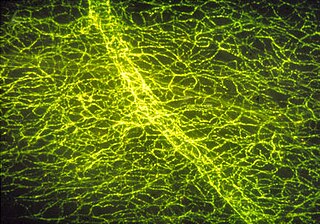
The catecholamines are a group of neurotransmitters composed of the endogenous substances dopamine, noradrenaline (norepinephrine), and adrenaline (epinephrine), as well as numerous artificially synthesized compounds such as isoprenaline - an anti-bradycardiac medication. Their investigation constitutes a major chapter in the history of physiology, biochemistry, and pharmacology. Adrenaline was the first hormone extracted from an endocrine gland and obtained in pure form, before the word hormone was coined. Adrenaline was also the first hormone whose structure and biosynthesis was discovered. Second to acetylcholine, adrenaline and noradrenaline were some of the first neurotransmitters discovered, and the first intercellular biochemical signals to be found in intracellular vesicles. The β-adrenoceptor gene was the first G protein-coupled receptor to be cloned.

Géza Gusztáv Zemplén, Ph.D. was a notable Hungarian chemist, organic chemist, professor, and chemistry author. He was a recipient of the Kossuth Prize, a member of the Hungarian Academy of Sciences, and was the brother of Professor Győző Zemplén. His major field of research was structural chemistry and biochemistry including the synthesis of naturally occurring flavonoid-glycosides.
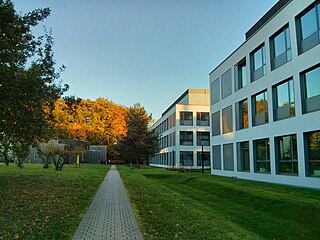
The Leibniz-Forschungsinstitut für Molekulare Pharmakologie (FMP) is a research institute in the Leibniz Association, focussing on proteins as basic structures of cellular organisms. It is one of the large number of research institutions based in Berlin. The institute is situated on a research campus in Buch, a northern district of Berlin. Legally, the FMP and seven other Leibniz Institutes based in Berlin are represented by the Forschungsverbund Berlin .
Virchows Archiv: European Journal of Pathology is a monthly peer-reviewed medical journal of all aspects of pathology, especially human pathology. It is published by Springer Science+Business Media and an official publication of the European Society of Pathology. It was established in 1847 by Rudolf Virchow and his friend Benno Reinhardt as the Archiv für pathologische Anatomie und Physiologie und für klinische Medicin. After Virchow's death, it was renamed after him to Virchows Archiv für pathologische Anatomie und Physiologie und für klinische Medizin. The European Society of Pathology adopted it as its official journal in 1999, so that its current name became Virchows Archiv: European Journal of Pathology.
Paul Trendelenburg was a German pharmacologist.
Alexander Ellinger was a German chemist and pharmacologist.
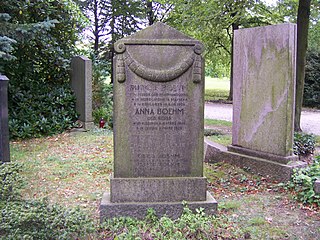
Rudolf Albert Martin Boehm (Böhm) was a German pharmacologist, known for his work in the field of experimental pharmacology.

SC-4289 is a synthetic nonsteroidal estrogen which, along with mytatrienediol, was developed in the late 1950s as a potential treatment for atherosclerosis in men but was never marketed.
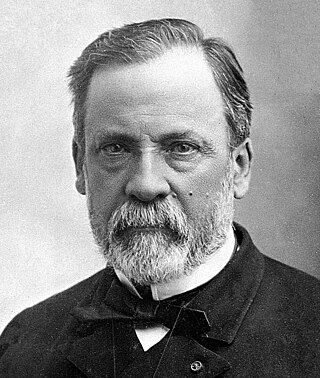
Chirality timeline presents a timeline of landmark events that unfold the developments happened in the field of chirality.












